|
6/13/2024 0 Comments Ending the School Year Strong for Students with Learning Disabilities: Celebrating Progress and Nurturing GrowthAs the school year draws to a close, it's an opportune time to reflect on the journey you and your students have embarked on together. For teachers who work with students with learning disabilities, this reflection holds even greater significance. The end of the year presents a chance to celebrate the progress made by your students and to lay the groundwork for continued growth and success. In this blog, we will explore strategies and approaches to effectively end the year with students with learning disabilities, ensuring they feel empowered, accomplished, and supported as they transition to the next grade level. Reflecting on Individual Achievements: Take the time to acknowledge and celebrate the unique accomplishments of each student. Reflect on the goals set at the beginning of the year and the progress made towards achieving them. Provide specific feedback and highlight areas of growth, whether it's improved reading fluency, expanded vocabulary, enhanced comprehension, or increased confidence. Celebrating individual achievements not only boosts self-esteem but also reinforces the value of hard work and dedication. Fostering a Sense of Community: Create a supportive and inclusive classroom environment where students feel safe, accepted, and respected. Encourage peer collaboration and establish opportunities for students to share their experiences and insights. Foster a sense of community by organizing group activities, such as book clubs, where students can engage in meaningful discussions, share their favorite reads, and learn from one another. Celebrate the diversity of learning styles and abilities within your classroom, emphasizing the importance of teamwork and mutual support. THESE are some examples of NO prep end of year activities that keep students engaged while continuing to foster community! AND THESE team building activities are a great resource for your ELA classroom! Engaging in Reflection and Goal Setting: Guide students through the process of self-reflection and goal setting. Encourage them to think about their strengths, areas for improvement, and aspirations for the future. Help them identify specific reading-related goals for the upcoming year, such as reading a certain number of books, exploring different genres, or improving reading comprehension strategies. By involving students in the goal-setting process, you empower them to take ownership of their learning and motivate them to strive for continuous progress. If you had your students set goals for themselves, celebrate the progress they made towards them! THIS end of year reflection activity is an example of this! Providing Summer Reading Recommendations: Suggest a variety of engaging and accessible books for summer reading. Consider their interests, reading levels, and areas for growth when making recommendations. Provide students with a list of titles, along with brief descriptions, to inspire their reading choices. Encourage them to explore different genres, discover new authors, and engage in independent reading for pleasure. Consider hosting a book fair or creating a summer reading challenge to keep students motivated and excited about reading during the break. Collaborating with Families: Maintain open lines of communication with parents and guardians, involving them in the end-of-year process. Share updates on their child's progress, discuss strategies that have been effective, and provide suggestions for supporting reading growth over the summer. Encourage families to create a reading-friendly environment at home, offering resources and tips for incorporating reading activities into their daily routines. Collaborating with families ensures a holistic approach to supporting students' reading development and fosters a strong home-school partnership. And end on some fun! It’s important to keep learning until the last day of the school year, but we also need to recognize that our students are still kids at the end of the school year! So let’s plan for engaging activities that are still meaningful and keep our students learning, like THESE Last Day Blues activities. As you conclude the school year with your students with learning disabilities, remember to celebrate their unique achievements, foster a sense of community, encourage reflection and goal setting, provide summer reading recommendations, and collaborate with families. By implementing these strategies, you will create a positive and supportive end-of-year experience that not only recognizes students' progress but also sets the stage for their ongoing growth. The impact you make as a teacher goes beyond the academic realm; it extends to shaping confident and capable individuals ready to embrace future challenges. Here's to a successful end of the year and a bright future for all your students! Happy & Healthy Teaching! PEACE, Miss Rae Related Blog...
0 Comments
4/20/2024 0 Comments Promoting Self-Esteem and Confidence in Students with Learning Disabilities: Unlocking Reading SuccessDiscover effective strategies to enhance self-esteem and confidence in students with learning disabilities through reading success. Create a supportive learning environment, set achievable goals, utilize multisensory approaches, and collaborate with parents to empower students and nurture their belief in their abilities. Read more to unlock the full potential of students and boost their self-esteem and confidence. For students with learning disabilities, building self-esteem and confidence can be a significant challenge. The academic struggles they face can often impact their self-perception and confidence levels. Studies have shown that students with Dyslexia tend to be more anxious, more depressed, and had more distressed self-esteem compared to their non-dyslexic peers (Ihbour, et al., 2021). Oftentimes, the percentage of psychiatric comorbidity is higher for students with Dyslexia as well. As educators, we have a unique opportunity to empower these students by fostering reading success. By creating a supportive environment and implementing effective strategies, we can help them develop a positive self-image and unlock their full potential. In this blog, we will explore the connection between reading success, self-esteem, and confidence, along with practical techniques to promote self-esteem and confidence in students with learning disabilities. The Impact of Reading Success on Self-Esteem and Confidence: Reading success can be a catalyst for building self-esteem and confidence in students with learning disabilities. When students experience progress in their reading abilities, they gain a sense of accomplishment and develop a positive self-perception as capable learners. Here's how reading success contributes to self-esteem and confidence: Academic Achievement: Reading success boosts academic achievement, providing students with a foundation for success in other subjects. As students improve their reading skills, they gain a sense of competence and achievement, reinforcing their belief in their abilities. Increased Independence: Proficient reading skills empower students to access information independently, explore their interests, and engage with the world. This newfound independence enhances their self-reliance and confidence in their ability to navigate academic and everyday challenges. Enhanced Communication: Reading proficiency enables students to express their thoughts and ideas effectively. As students become better readers, they develop stronger communication skills, leading to improved self-expression and increased confidence in their ability to communicate with others. Expanded Opportunities: Reading success opens doors to a world of opportunities. It broadens students' access to a wide range of texts, knowledge, and experiences. When students realize they can engage with literature and information independently, their confidence in their abilities grows, paving the way for future success. Promoting Self-Esteem and Confidence in Students with Learning Disabilities: Provide Individualized Support: Tailor your instruction to meet the unique needs of each student with learning disabilities. Offer targeted interventions, accommodations, and modifications that allow them to access and succeed in reading tasks. Recognize and celebrate their progress to foster a sense of accomplishment and pride. Create a Safe and Supportive Learning Environment: Foster an inclusive classroom environment that values and respects each student. Encourage a growth mindset by emphasizing effort, progress, and resilience. Establish a culture of support, where students feel comfortable taking risks and asking for help. Set Realistic Goals: Break down reading goals into achievable steps and celebrate milestones along the way. Encourage students to set personal reading goals that align with their interests and abilities. Regularly revisit and reflect on these goals to maintain motivation and build self-confidence. Use Multisensory Approaches: Incorporate multisensory techniques into your reading instruction. Engage students' visual, auditory, and kinesthetic modalities to reinforce learning and make reading more accessible. Hands-on activities, manipulatives, and interactive technology can enhance engagement and self-confidence. Provide Positive Feedback and Encouragement: Offer specific, constructive feedback that highlights students' strengths and progress. Recognize their efforts and small achievements, reinforcing their self-esteem and motivation. Encourage peer support and collaboration to foster a positive classroom community. Cultivate a Love for Reading: Help students develop a positive attitude towards reading by exposing them to a variety of texts, genres, and formats. Provide opportunities for choice and autonomy in reading selections to tap into their interests. Celebrate reading achievements and create a culture of reading enjoyment in your classroom. Collaborate with Parents and Support Services: Maintain open lines of communication with parents and involve them in their child's reading journey. Share strategies and resources that can be implemented at home to support reading development and boost self-esteem. Collaborate with support services, such as special education professionals or reading specialists, to ensure a comprehensive and coordinated approach. Promoting self-esteem and confidence in students with learning disabilities is a powerful way to unlock their potential. Reading success can be a catalyst for building self-esteem, fostering independence, and empowering students with learning disabilities. By providing individualized support, creating a supportive learning environment, setting realistic goals, using multisensory approaches, providing positive feedback, cultivating a love for reading, and collaborating with parents and support services, we can help students develop a positive self-image and belief in their abilities. Together, let's empower students with learning disabilities and pave the way for lifelong learning and success. Happy Teaching! Miss Rae References: Ihbour, S., Anarghou, H., Boulhana, A., Najimi, M., & Chigr, F. (2021). Mental health among students with neurodevelopment disorders: case of dyslexic children and adolescents. Dementia & neuropsychologia, 15(4), 533–540. https://doi.org/10.1590/1980-57642021dn15-040014 Related resources...When determining eligibility for an Individualized Education Program (IEP), it's crucial to consider how trauma can significantly affect a student's learning and overall well-being. Understanding the connection between trauma and a student's qualification under the learning disability category is vital. This blog explores the key points that IEP teams should consider when trauma is a potential factor in a student's educational journey.
In wrapping up, let's remember that we're all in this together, working to ensure the best for our students. When it comes to the complex question of how trauma affects eligibility for an IEP, a compassionate and informed approach makes all the difference.
The journey may have its ups and downs, but with care and consideration, we can make a world of difference in their lives. Here's to supporting every student's unique needs, one IEP at a time! Happy Teaching! Miss Rae Related Blog...10/21/2023 0 Comments Demystifying Fluid Reasoning: The Key to Empowering Students with Learning DisabilitiesUnlocking the Potential: A Deep Dive into Fluid Reasoning and Tailored Strategies for Students with Learning Disabilities. Explore the transformative power of Fluid Reasoning in enhancing problem-solving, its influence on reading and math skills, and uncover customized accommodations to support students. Dive into proven methodologies to optimize their educational journey today. In the realm of teaching students with learning disabilities, understanding the concept of Fluid Reasoning becomes paramount. This cognitive ability empowers students to think logically and solve challenges in novel situations, independent of acquired knowledge. In this comprehensive guide, we delve into the depths of Fluid Reasoning, its impact on a student's cognitive development, its applications in the classroom, assessment methods, and strategies to accommodate and support students with lagging Fluid Reasoning skills. Understanding Fluid Reasoning: Fluid Reasoning embodies the capacity to apply logic and reasoning to uncharted territories, unburdened by prior experiences. It encompasses nonverbal, sequential, quantitative, and categorical reasoning. Consider a scenario where you face a new project demanding unfamiliar skills – this is where Fluid Reasoning comes into play. It equips individuals to recognize patterns and correlations among seemingly unrelated elements, enabling them to craft innovative solutions. Fluid Reasoning in the Classroom:
Assessment of Fluid Reasoning: The Wechsler Intelligence Scale for Children®-Fifth Edition (WISC-V) employs Fluid Reasoning as one of its five components for assessing a child's intellectual capabilities. This assessment focuses on detecting the child's aptitude for recognizing underlying connections between visual elements, and their ability to apply reasoning consistently across novel situations. Impact on Reading and Math: Fluid Reasoning plays a noteworthy role in both reading and math. It aids in drawing general conclusions from specific information, which is pivotal for effective reading comprehension. Furthermore, its connection to mathematical activities spans across all age groups, highlighting its significance in grasping mathematical concepts. Effective Accommodations for Fluid Reasoning Challenges: Students grappling with Fluid Reasoning difficulties may exhibit struggles in pattern recognition, drawing conclusions, transferring skills, and comprehending cause-and-effect relationships. To support these students, consider these accommodations: Setting Accommodations: (These accommodations focus on a change in the student’s environment)
Presentation Accommodations: (These accommodations focus on how the information will be provided to the student)
Response Accommodations: (These accommodations focus on how the student will provide information)
Timing/Scheduling Accommodations: (These accommodations focus on altering time allocations or the schedule, such as a specific time of day, extra time, etc.)
Click HERE to download these accommodations now! Methodologies to Support Lagging Fluid Reasoning Skills:
Fluid Reasoning stands as a pivotal cornerstone in the educational journey of students with learning disabilities. As educators, by understanding the intricacies of Fluid Reasoning and employing effective strategies, we empower our students to surmount challenges and unlock their intellectual potential. Through tailored accommodations and dedicated methodologies, we create an inclusive and nurturing learning environment, fostering growth and success. Happy Teaching! Miss Rae Related Blogs...Related Resource...Special Education progress reports typically accompany a student’s report card, each time it is distributed during a school year. The purpose of the Special Education progress report is to report progress toward a student’s individualized IEP goals and objectives. But how do you write them? Easy! In 5 simple steps! 1- State what the student is currently working on… Jaden participates in the SPIRE reading program to support his decoding skills. Jaden recently completed the first level of the program, which includes short vowels, consonant digraphs, and diphthongs. 2-Report progress towards the goal… IEP Goal: By the end of the IEP period, Jaden will increase his reading level from a composite DIBELS score of 200 to 340 (or higher). As of January 2022, Jaden achieved a composite score of 315 on DIBELS. 3-Report progress towards each objective… IEP Objective: By the end of the IEP period, Jaden will be able to accurately decode phonetically regular CVC, CCVC, and CVCC words in text and in isolation in 4 out of 5 opportunities. Jaden can decode phonetically regular CVC words in text and in isolation in 4 out of 5 opportunities with automaticity. Jaden is able to decode phonetically regular CCVC words in text in 2 out of 5 opportunities and in lists 4 out of 5 opportunities. Jaden is able to decode phonetically regular CVCC words in text in 2 out of 5 opportunities and in lists 3 out of 5 opportunities. This data is based on texts read at Jaden’s independent reading level and word lists of 10 from the SPIRE reading program. 4-State how services were delivered… Services were delivered consistently. 5-State whether the student is expected to meet the annual goal by the end of the IEP... It is expected that Jaden will achieve his annual goal. If a student has met an annual goal early, we report that they met the goal and should call an IEP Team meeting to propose new goals or to propose to dismiss the goal area. If it is not expected that a student will meet their annual goal, an IEP Team meeting should also be called to discuss the reasons for this and to determine next steps. Let’s put it altogether… Check out my Instagram to learn more of my tricks and tips for being a Special Education Teacher! Happy & Healthy Teaching! PEACE, Miss Rae Related blogs...Related Resource...Take the webinar...Affirmations are proven methods of self-improvement because of their ability to rewire our brains. Using positive affirmations with students can help us help students to keep focused on their inner goals and to calm their nervous systems to focus on social and academic success! Positive Affirmations are short positive statements targeted at a specific set of negative beliefs. "I can learn." "I matter." "I am safe." They are used to reprogram our subconscious minds, to encourage us to believe certain things about ourselves or about the world and our place within it. When we use affirmations with students, we are rewiring students' brains. We're teaching student brains a new way to think about the world. We are helping to change student brain processes, leading students to see different things and have different thoughts. We eliminate negative ways of thinking and essentially change a student's mindset so much that they get what it is you affirmed! And the benefits continue! Self-affirmation has been shown to have powerful effects on learning! Research suggests that it can minimize the anxiety, stress, and defensiveness associated with threats to our sense of self while keeping us open to the idea that there is room for improvement. You know-learning! Grab these affirmations +++40 more HERE! And guess what? Affirmations are a great way to support Special Education Teachers too! Read more about using DAILY POSITIVE AFFIRMATIONS for YOU HERE! Happy & Healthy Teaching! PEACE, Miss Rae Related Blog...Related Resource...Daily positive affirmations teach our teacher brains Sixty-one percent of the teachers said their work was always or often stressful. 58 percent of teachers described their mental health as “not good” for at least seven of the previous 30 days. Positive Affirmations are short positive statements targeted at a specific set of negative beliefs. They are used to reprogram our subconscious minds, to encourage us to believe certain things about ourselves or about the world and our place within it. Basically, they help to create the reality we want! Affirmations are proven methods of self-improvement because of their ability to rewire our brains. Using positive affirmations can help us to keep focused on our inner goals! Daily positive affirmations teach our teacher brains a new way to think about our teaching world! We eliminate negative ways of thinking and essentially change our teaching mindset! And guess what? Affirmations are a great way to support your students too! Read more about using DAILY POSITIVE AFFIRMATIONS with STUDENTS HERE! Happy & Healthy Teaching! PEACE, Miss Rae References: AFT, 2017 Educator Quality of Work Life Survey Related Blog...Related Resources...To learn more about DIBELS and get the assessment materials, click HERE! Check out the DIBELS benchmark goals to help you determine how far from grade level your student is by clicking HERE! You might want to pause for a moment here and click HERE to read about how I choose my students' IEP goal areas AND click HERE to learn my formula for writing SMART IEP goals! Now, check out these examples of IEP goals using DIBELS! Happy & Healthy Teaching! PEACE, Miss Rae Related Tool for Teachers...Related Blogs...Take the webinar...You did the assessments. You have the data. But how do you decide if the lagging skills should be a goal area, an accommodation, or a modification? Let me tell you! Here's how I decide if a lagging skill should be a goal area, an accommodation, or a modification! I start by asking... What areas of the curriculum are impacted by the student's disability? Then, I go through each item I listed and ask... Can we put an accommodation or modification in place to remove this hurdle to the curriculum? OR Is this a hurdle that requires Specially Designed Instruction? Now, I review my list and... 1-Add accommodations to the IEP -be specific & choose appropriate accommodations for the student's disability 2-Hurdles that need Specially Designed Instruction are your goal areas! Example:Hurdles: Fluency, Comprehension Classroom Accommodation(s): Text to Speech for content area materials This Classroom Accommodation will support the student's ability to access the grade level material in the classroom, but this lagging skill also requires Specially Designed Instruction SO it may also need to be an IEP goal area, in this student's case. IEP GOAL: By the end of the IEP period, STUDENT will achieve a benchmark score of 16 (or higher) of the DIBELS' subtest MAZE. IEP OBJECTIVE: STUDENT will a score of 96 (or higher) on 3 consecutive administrations of the DIBELS' Oral Reading Fluency - Accuracy. Example:Hurdles: Written Expression Classroom Accommodation(s): Speech to Text, Exemplars of Writing Assignments, Word Banks for Content Area Vocabulary This student's evaluations demonstrated that the student had the skills in the area of Written Expression; however, the student was not always demonstrating these skills in the classroom. Based upon assessment and observation data, the Classroom Accommodations of Speech to Text, Exemplars of Writing Assignments, Word Banks for Content Area Vocabulary will support the student in overcoming the hurdle in the area of Written Expression. This student would not require Specially Designed Instruction in Written Expression so no IEP goal needed for Written Expression! Click HERE to grab a pdf of this chart for your own teaching! And once you choose your goal areas, check out my blog post on how to write SMART IEP goals! Happy & Healthy Teaching! PEACE, Miss Rae Related Blogs...Related Resource...Take the course... |
CategoriesAll 504 Academic Testing Academic Testing Reports Achievement Testing Reports Back To School B/d Reversals Coronavirus COVID-19 Discrepancy Model Distance Learning Distance Learning With LD ELL Emotional Disability Executive Functioning Extended School Year First Year Special Education Teacher Advice Fluid Reasoning FREEBIES Goal Tracking IEP IEP At A Glance IEP Goals IEP Meetings Learning Disability Oral Reading Fluency Positive Affirmations For Special Education Students Progress Monitoring Reading Remote Learning RTI Rubrics Running Records SEL For Learning Disabilities Social Emotional Learning Special Ed Teacher Interview Questions Special Ed Teacher Job Description Special Education Special Education Progress Reports Special Education Reading Special Education Reading Programs Special Education Students Special Education Teachers Special Education Teachers Positive Affirmations Special Education Teacher Tips Special Education Websites Specially Designed Reading Instruction Teaching Strategy Trauma Wilson Reading Wilson Reading IEP Goals Writer's Workshop |







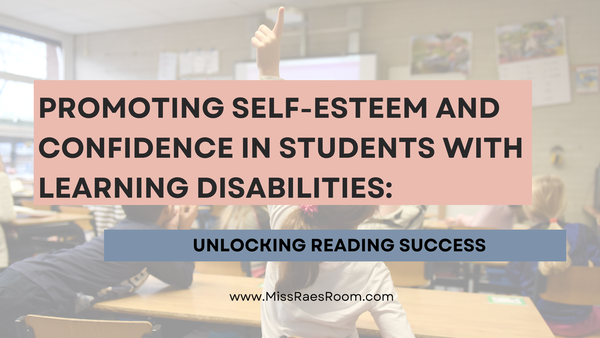
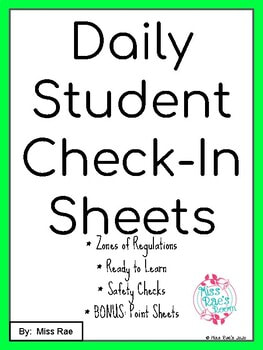
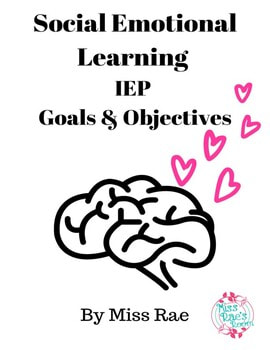
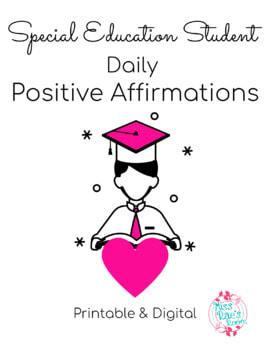
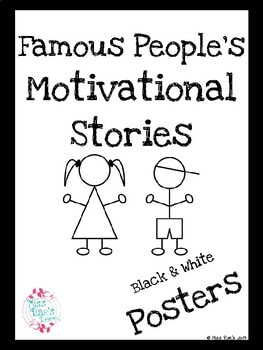
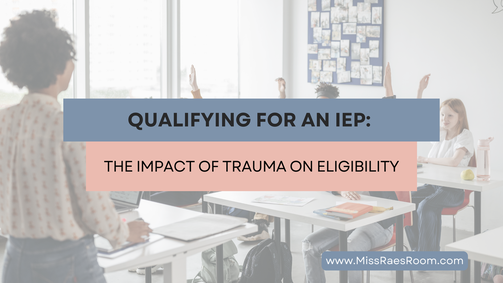
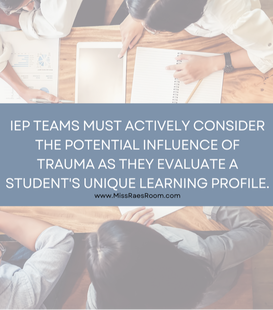
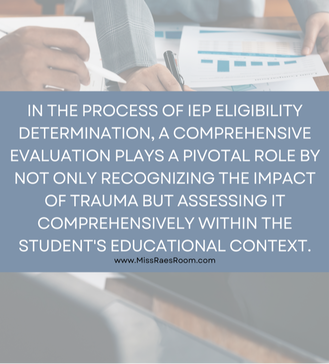
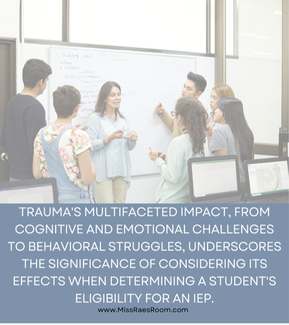
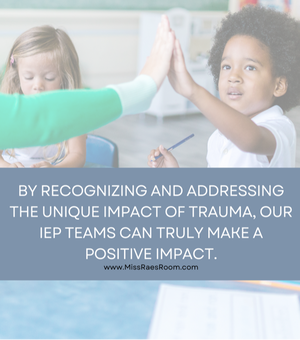
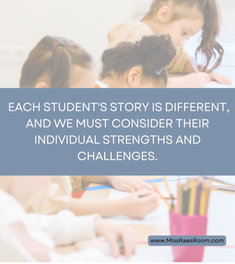
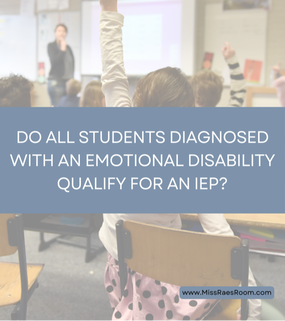
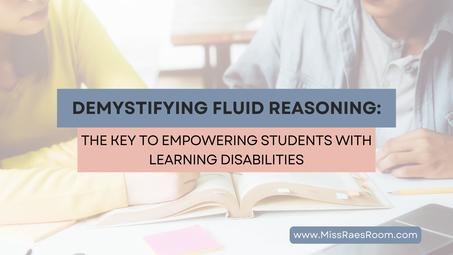
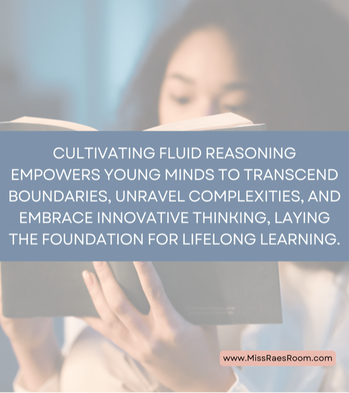
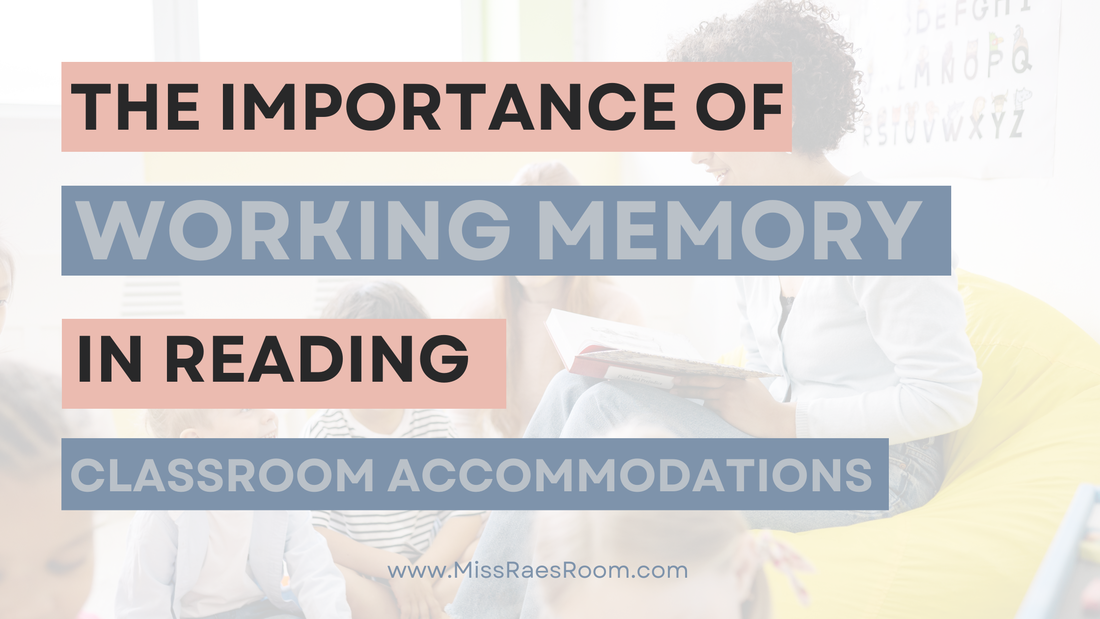
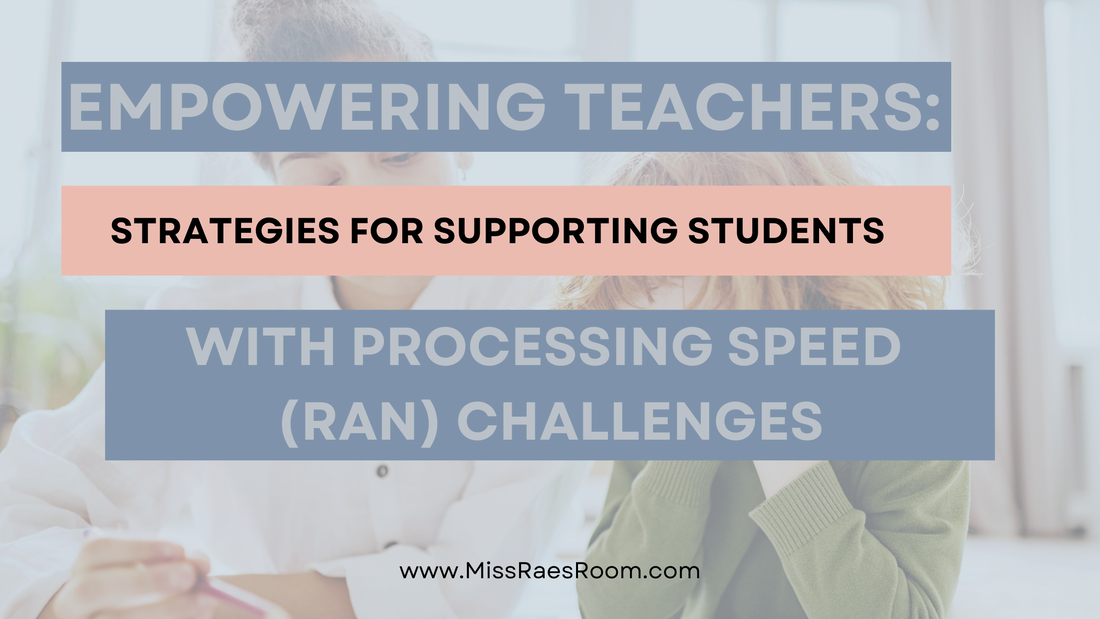
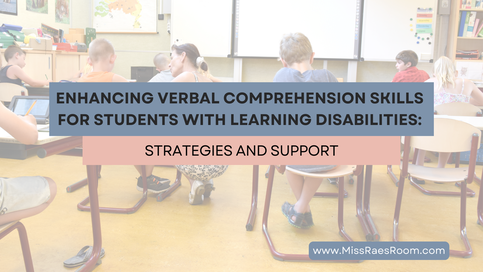
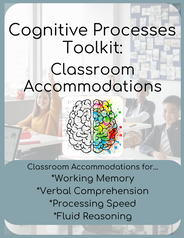
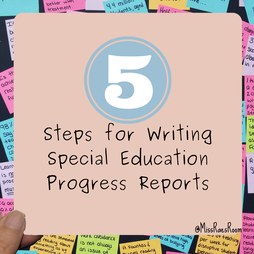
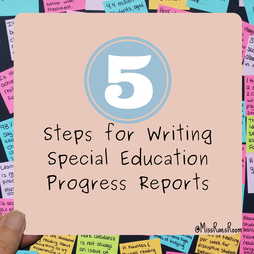
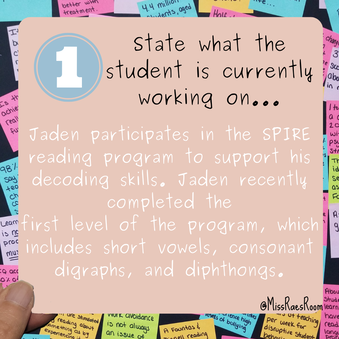
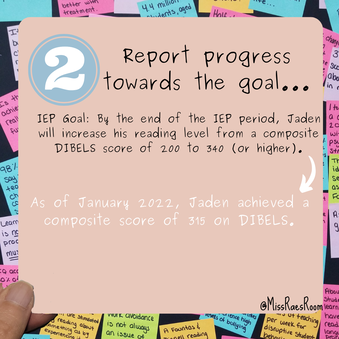
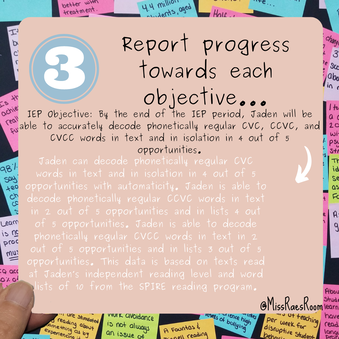
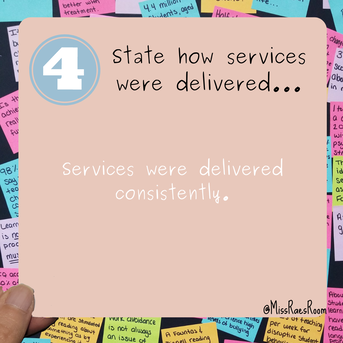
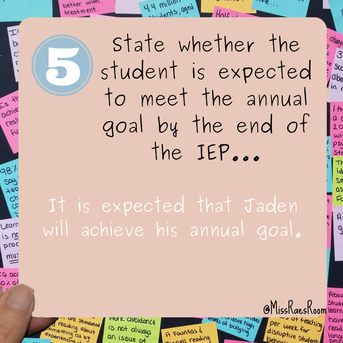
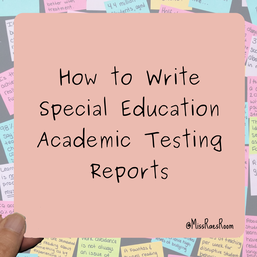
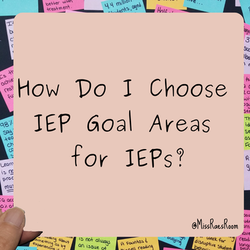
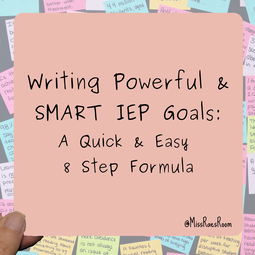
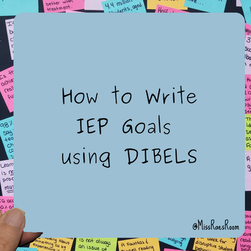
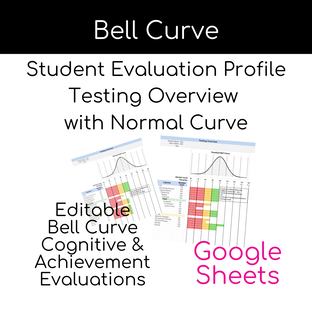

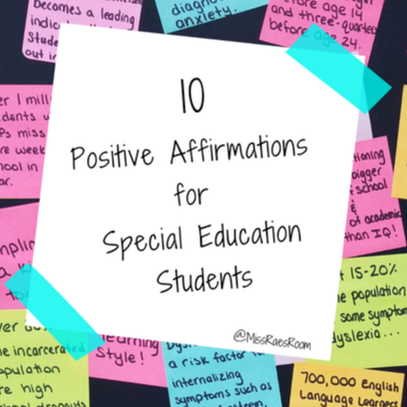
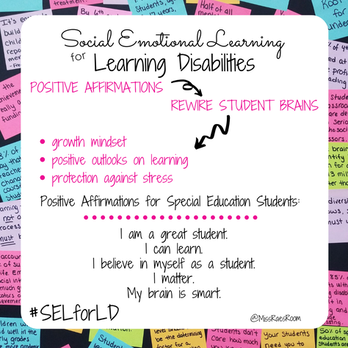
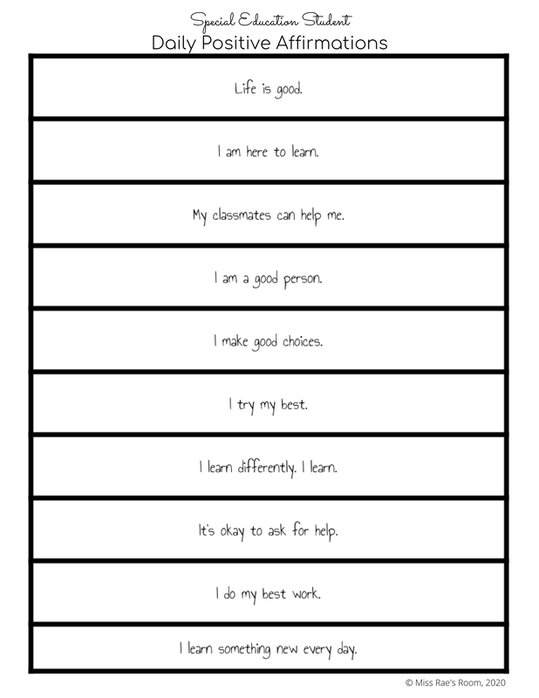
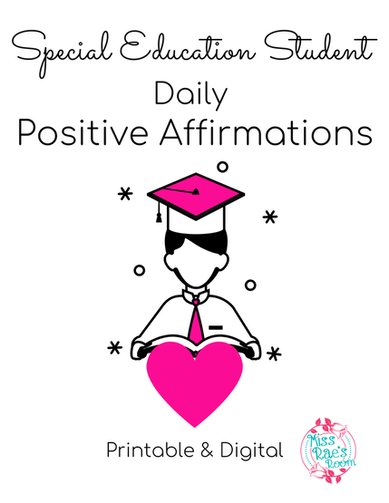
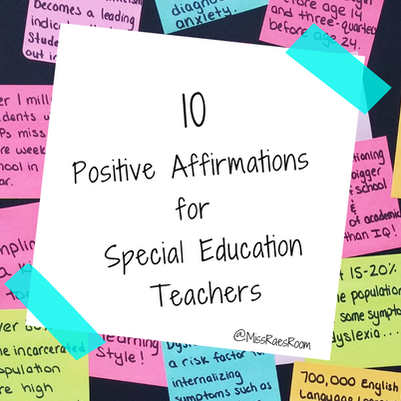
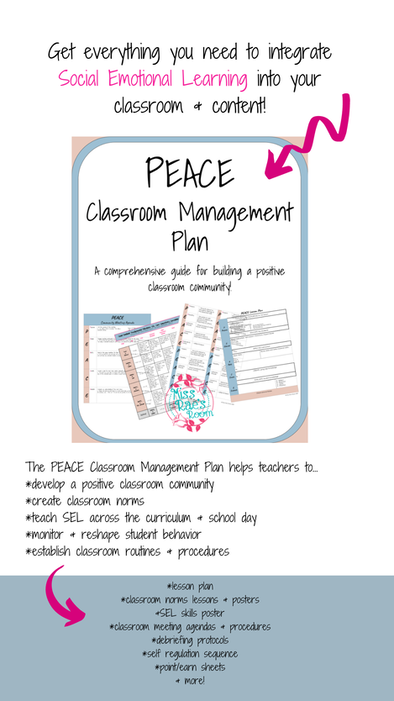
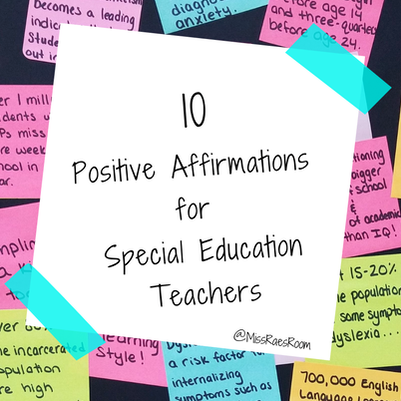
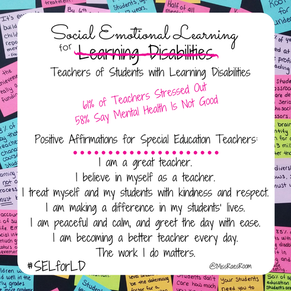
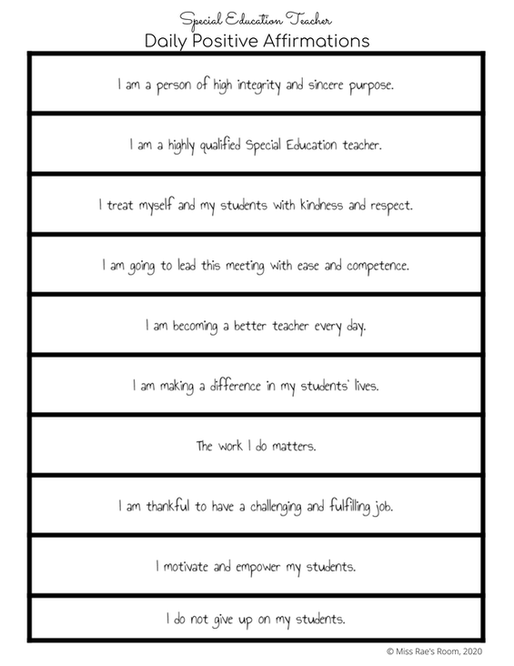
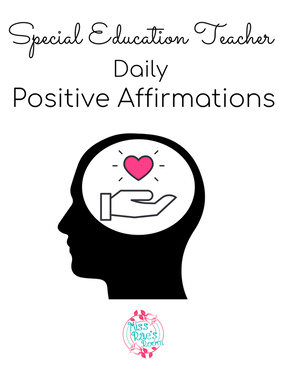
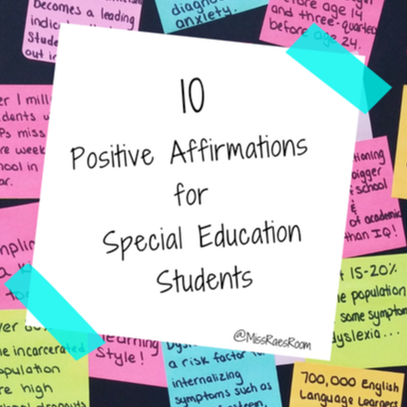
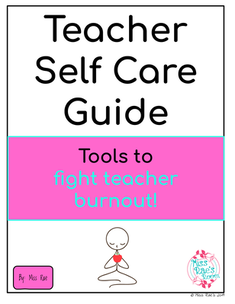
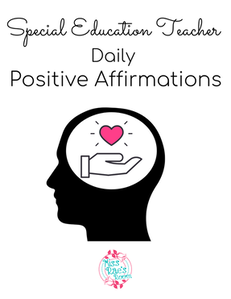
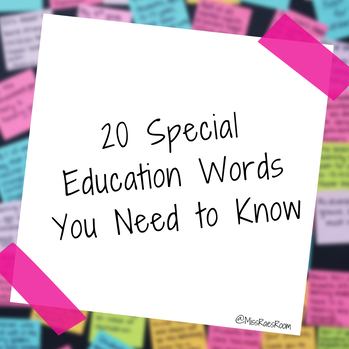
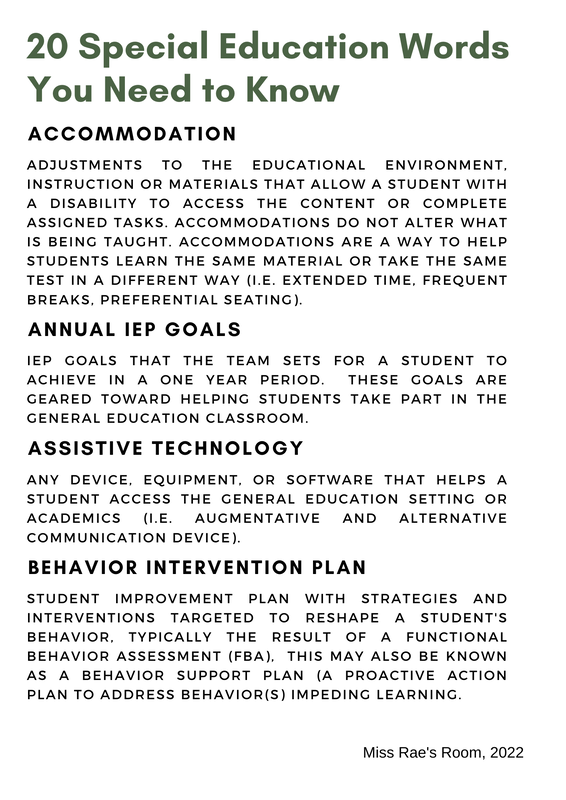
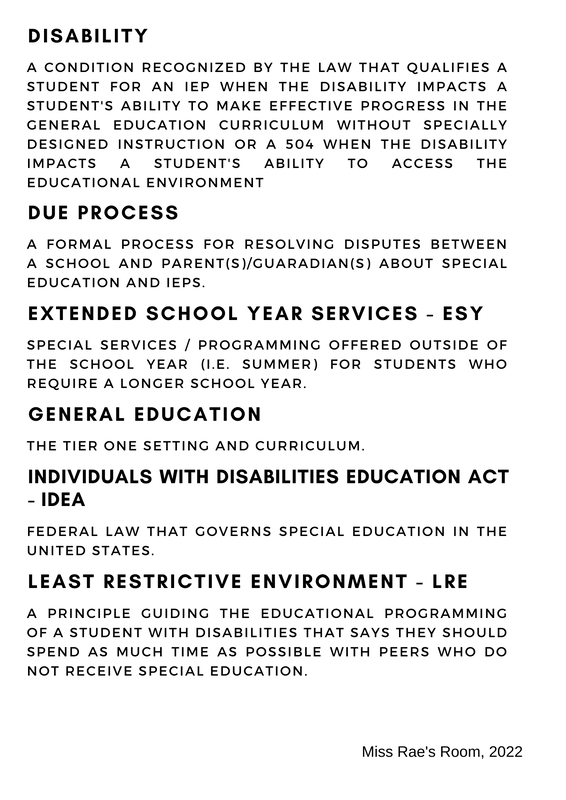
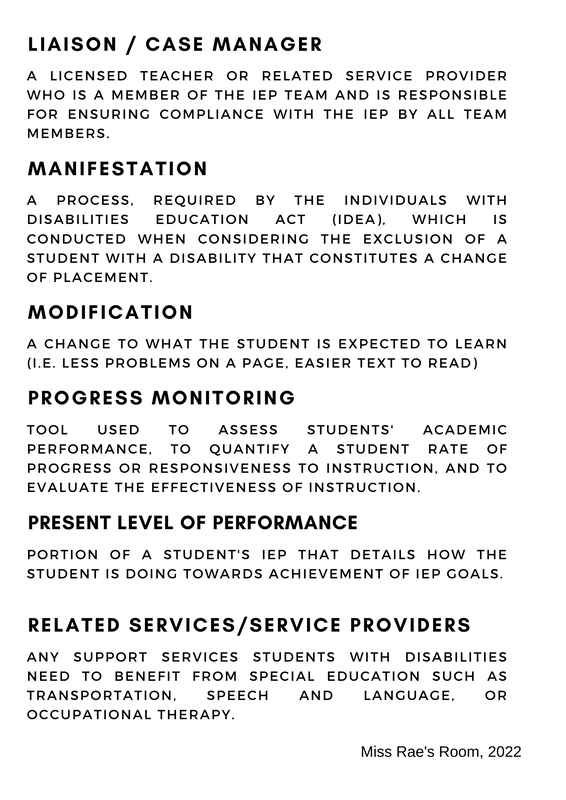
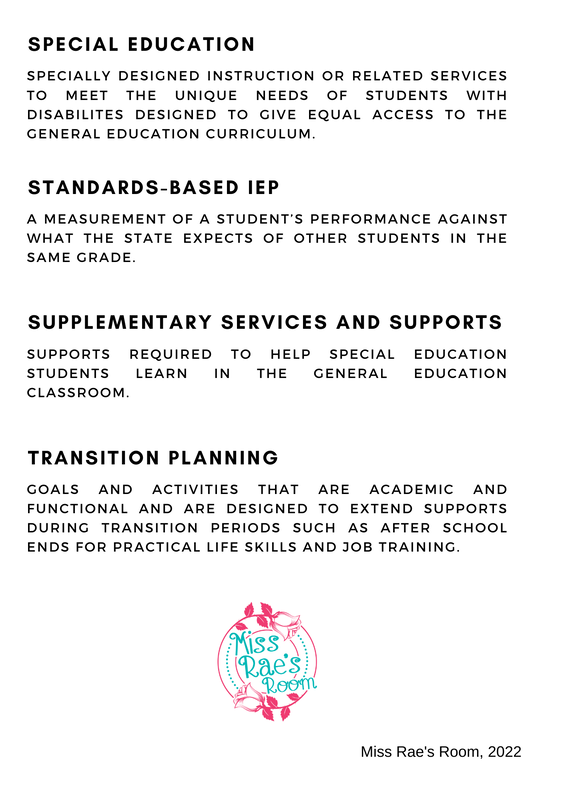
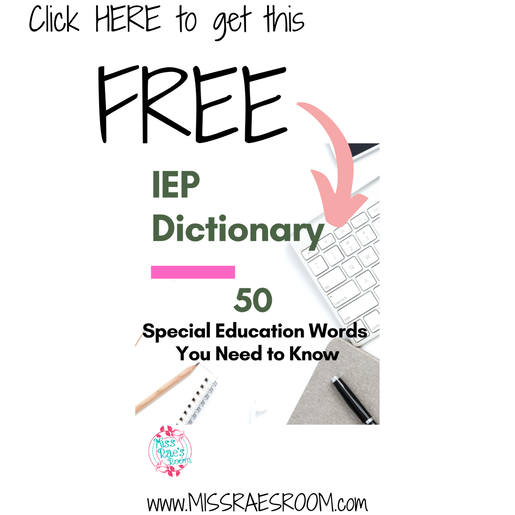
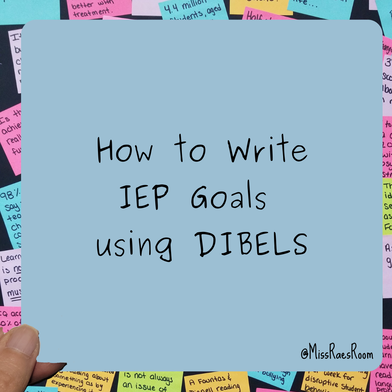
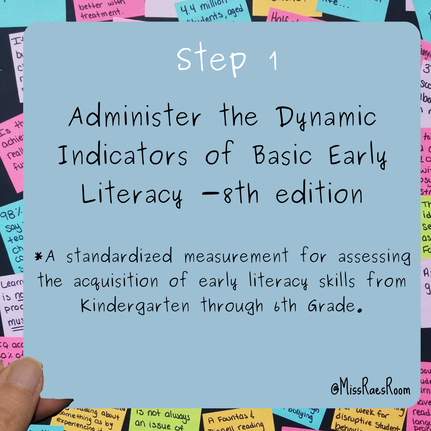
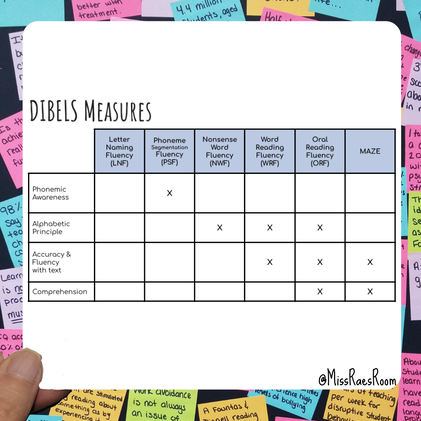
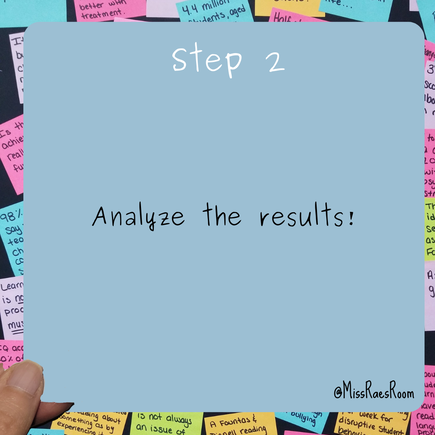
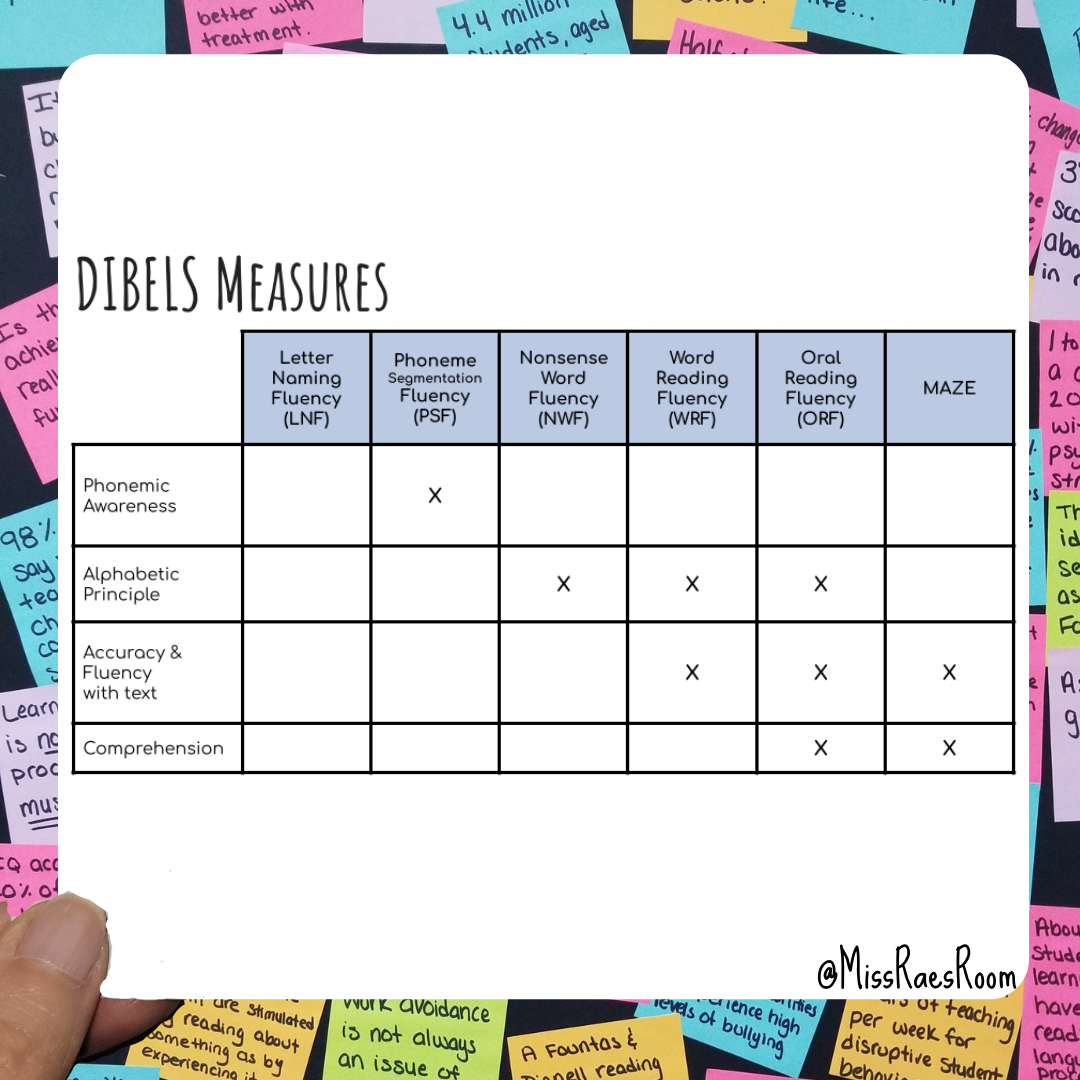
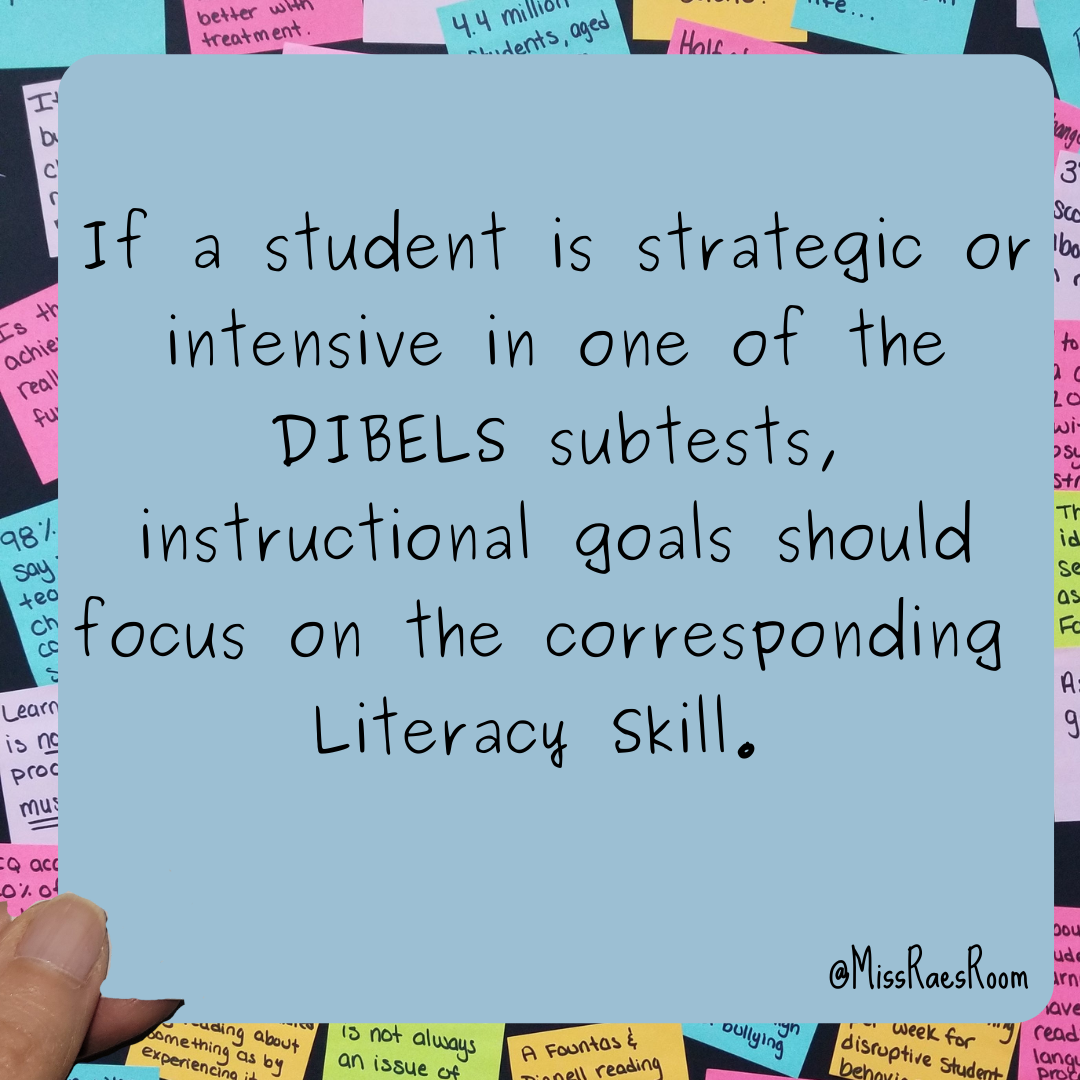
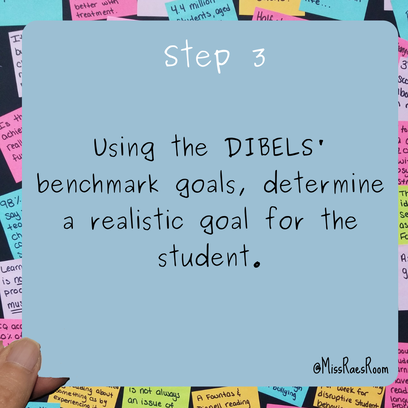
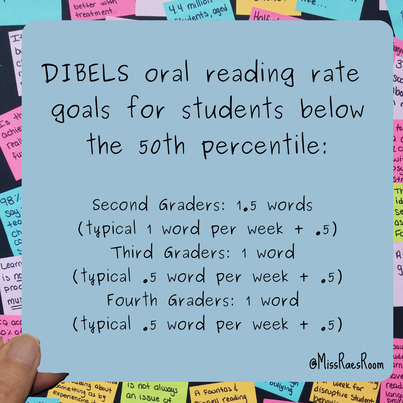
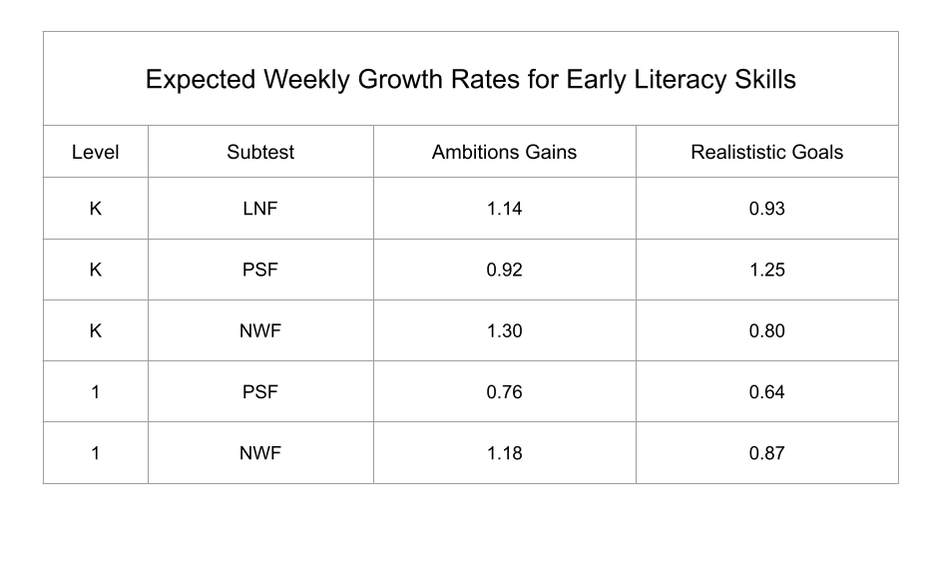
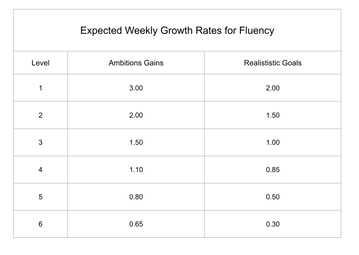
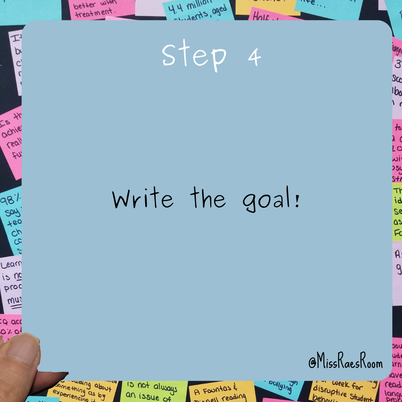
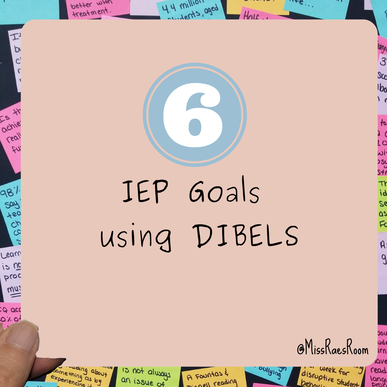
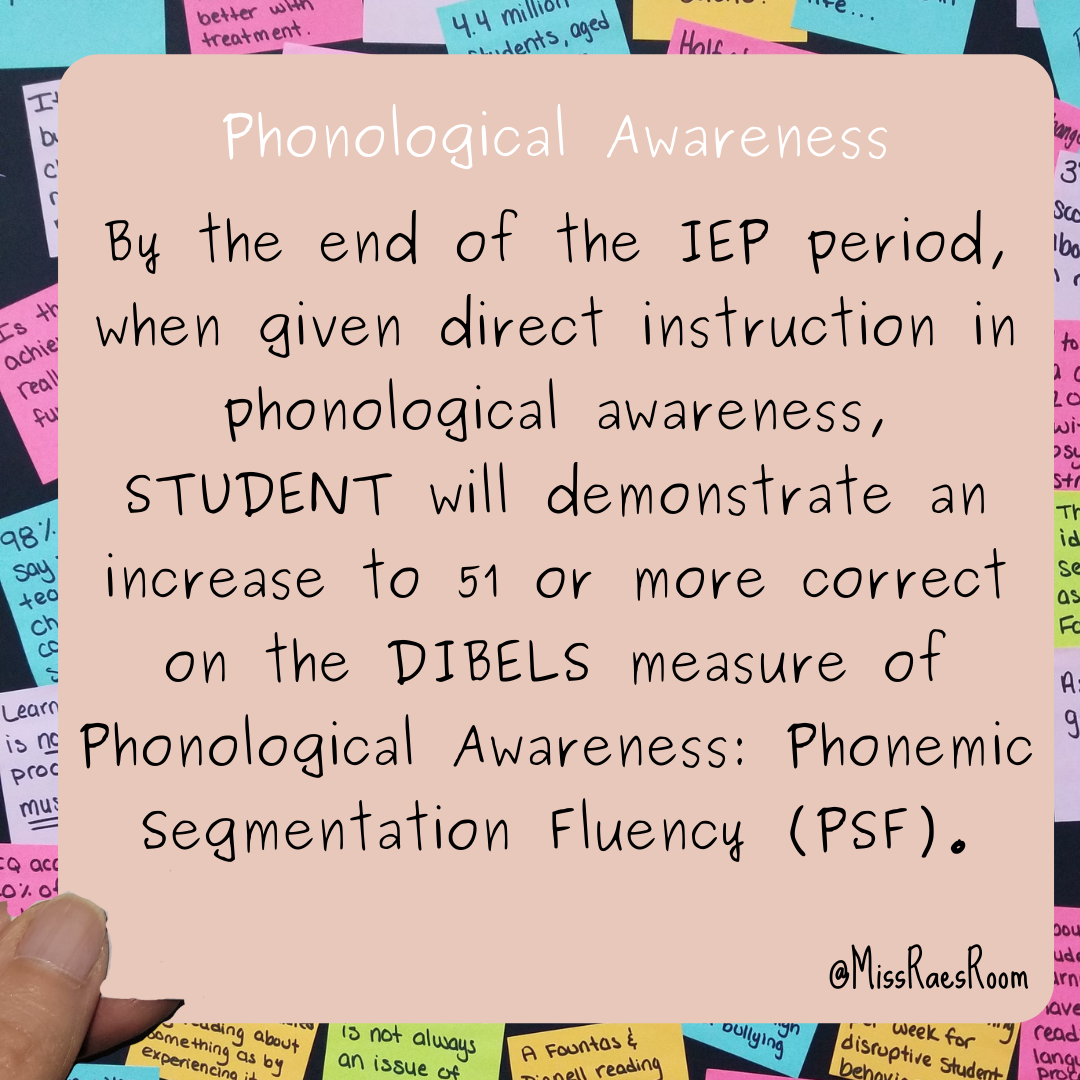
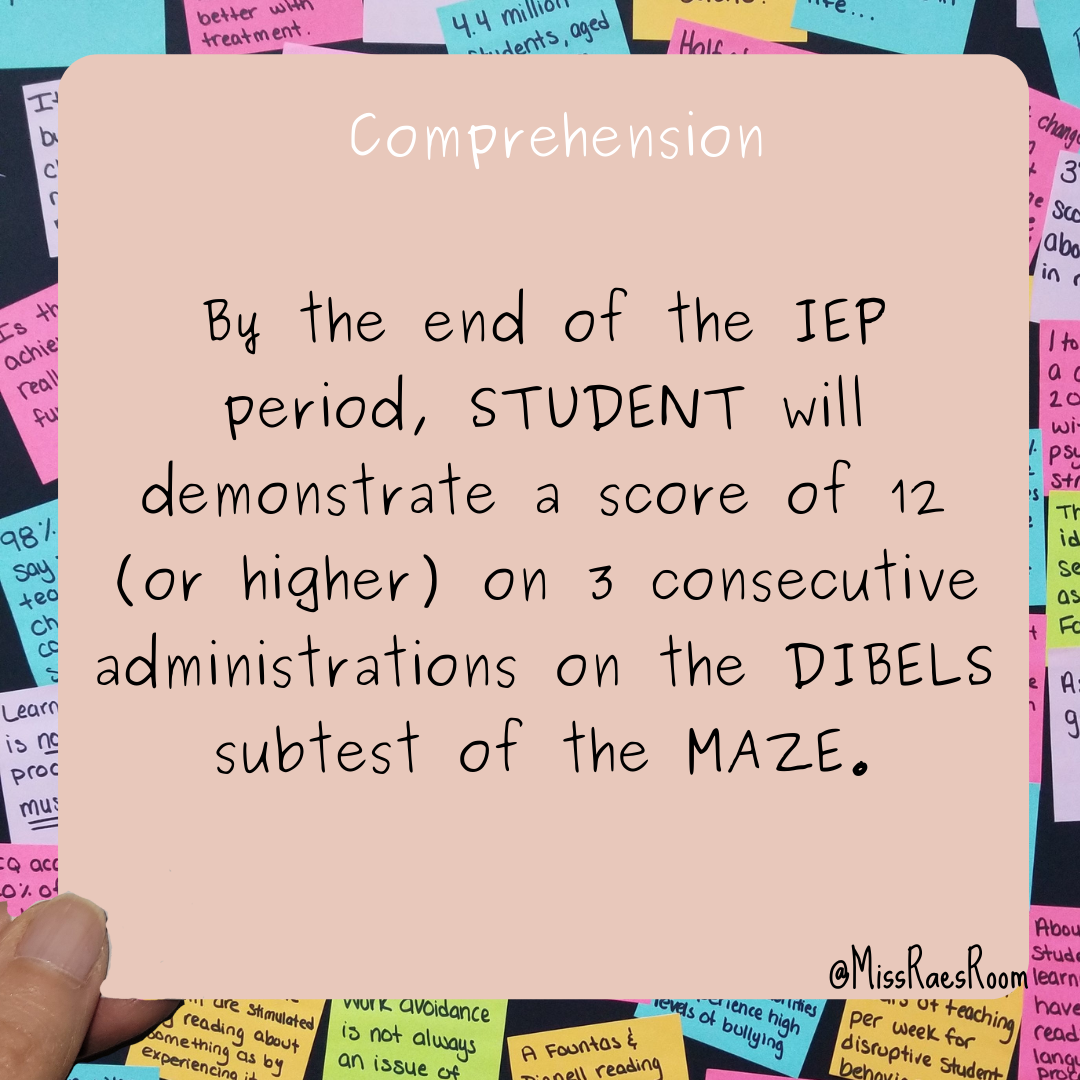
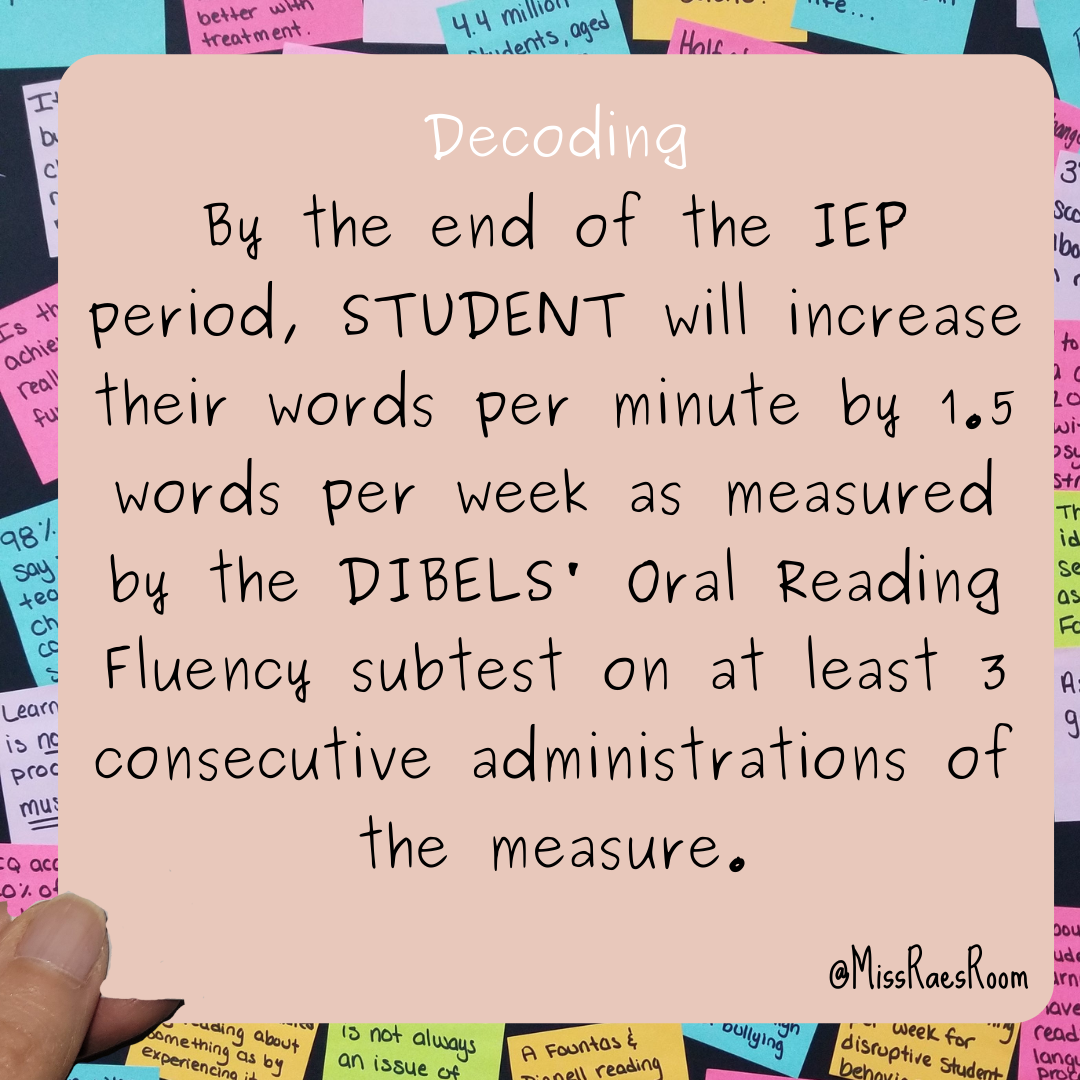
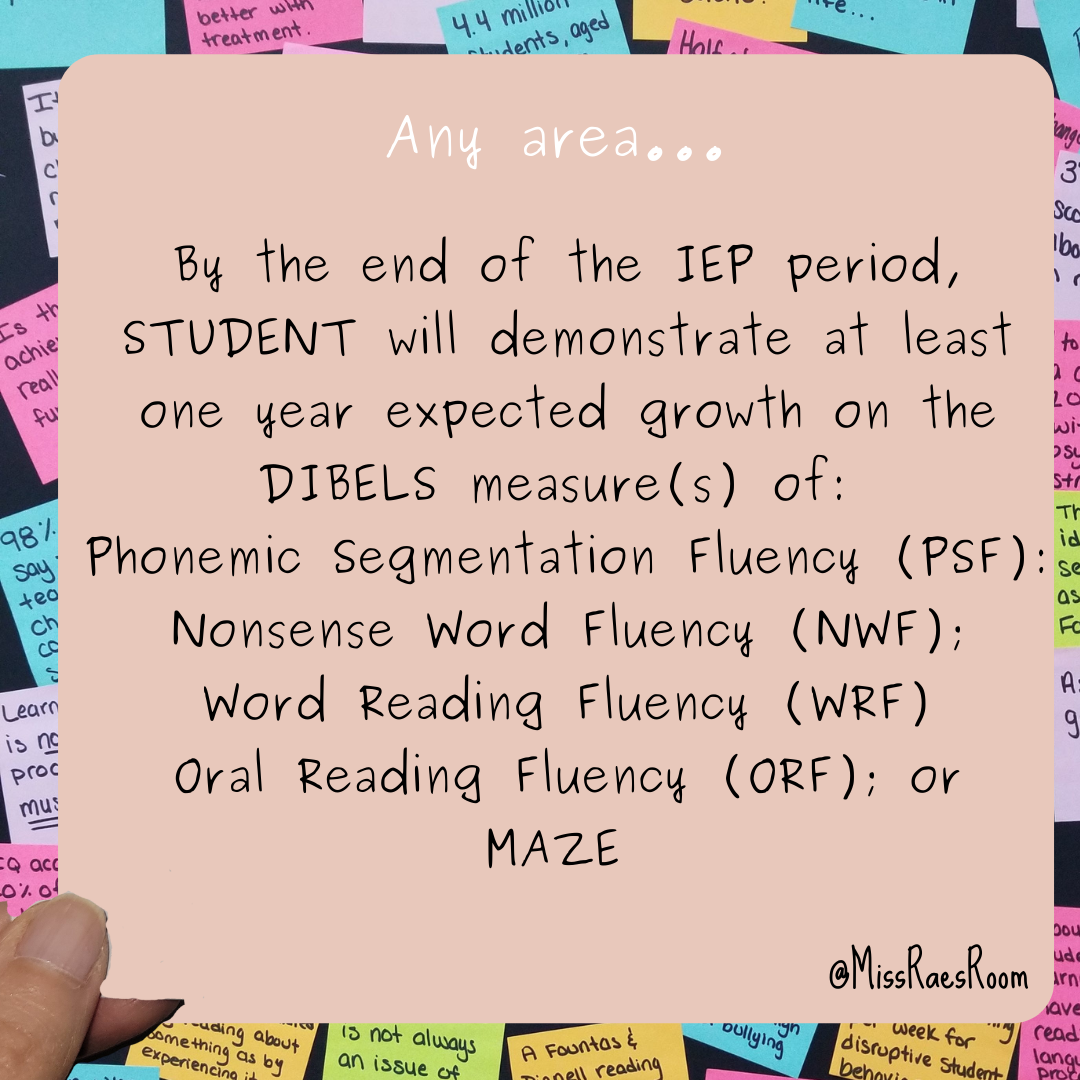
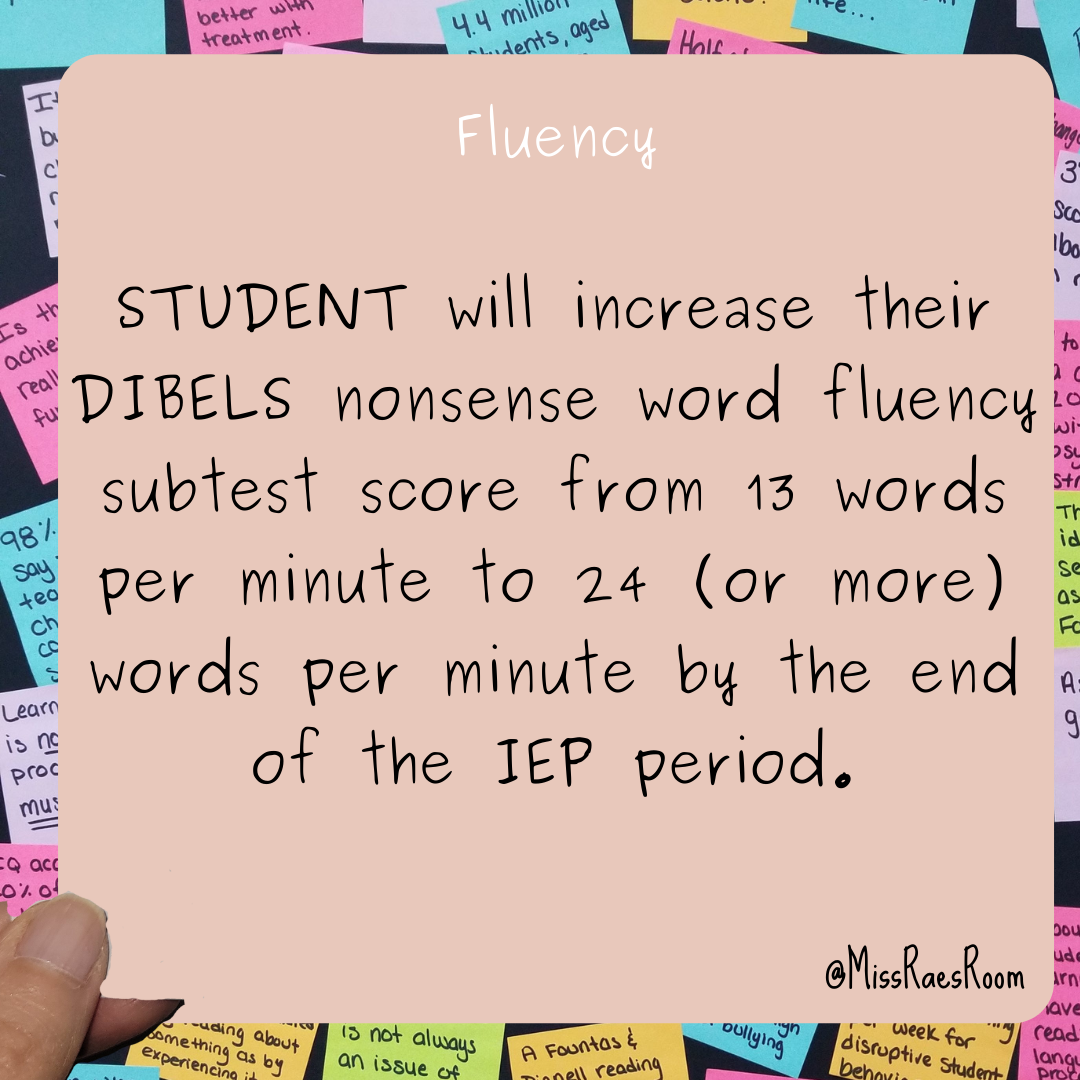
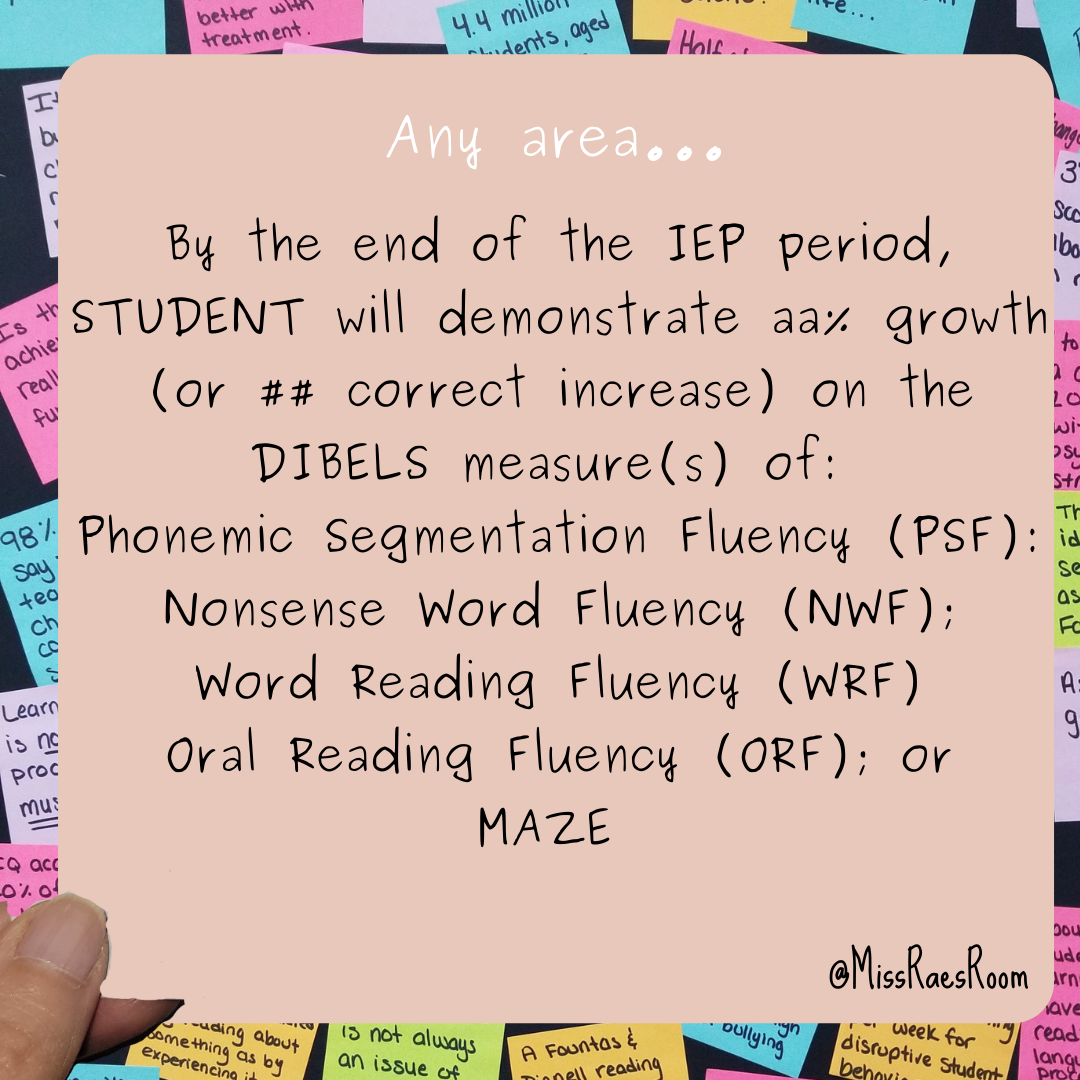
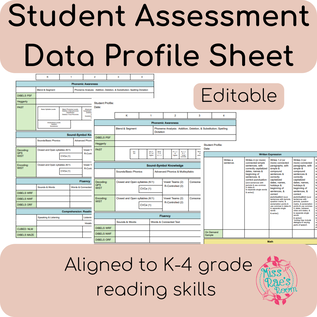

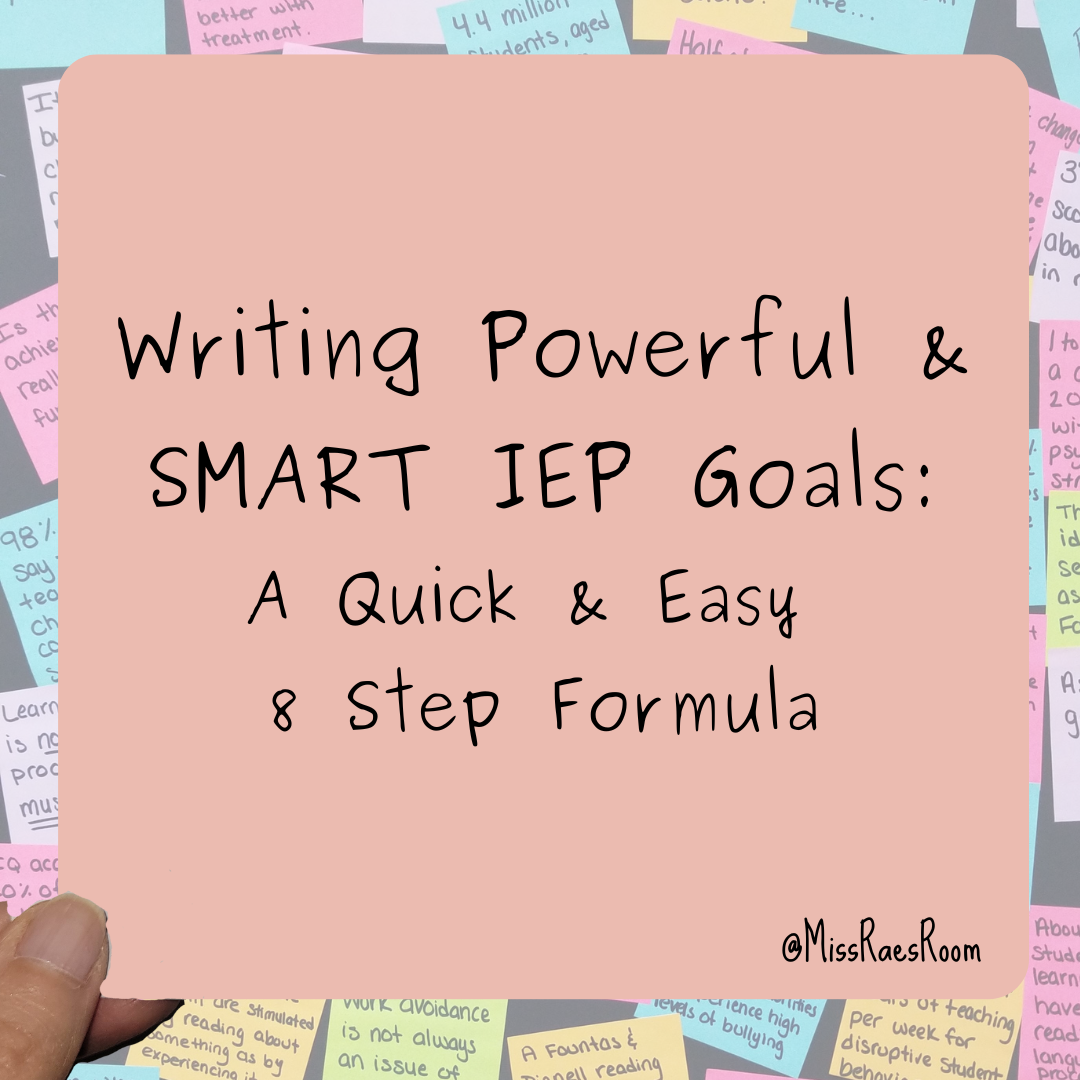
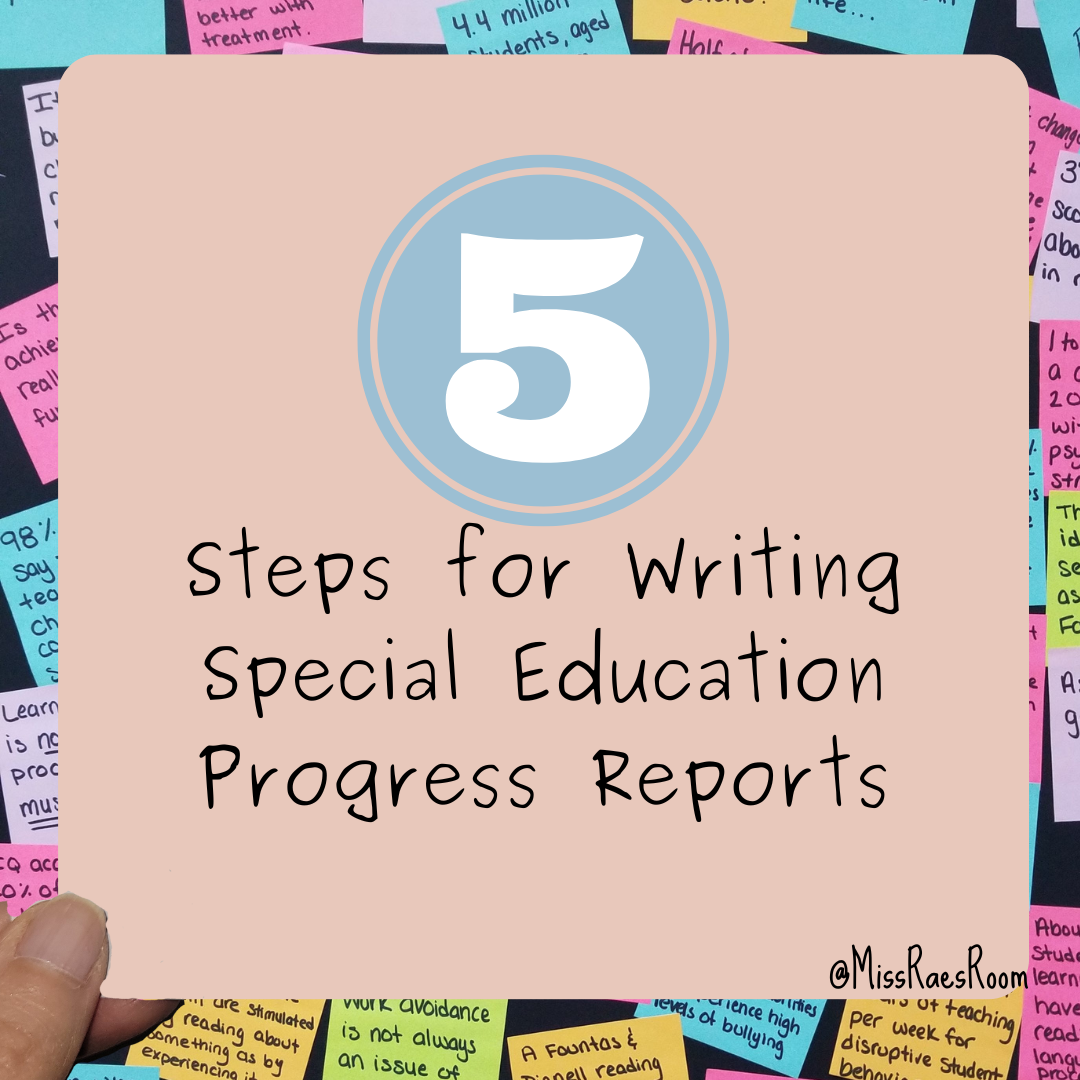

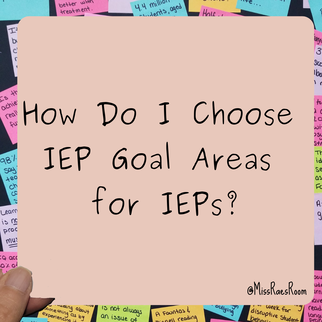








 RSS Feed
RSS Feed